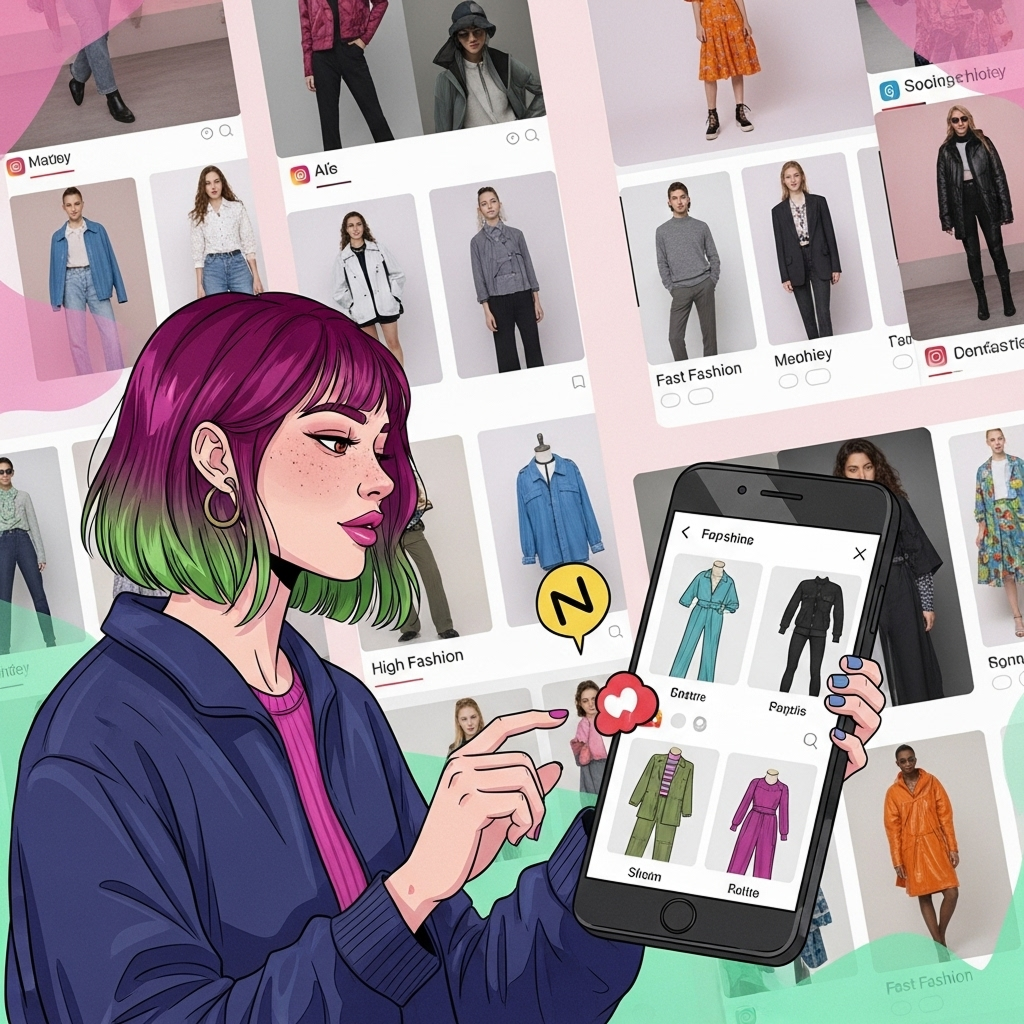
The Impact of Social Media on Fashion
Social media has revolutionized the fashion industry, transforming how we discover, consume, and interact with fashion. Platforms like Instagram, TikTok, Facebook, and Pinterest have become crucial stages for designers, brands, influencers, and consumers alike.
Social media has democratized fashion. Previously, fashion was a closed-off world, largely exclusive to the elite and industry insiders. However, social media has allowed anyone with an internet connection to become a fashion tastemaker, sharing their personal style and reaching millions. This shift has empowered individual voices, breaking down the traditional gatekeepers of style and fostering a more inclusive fashion landscape.
Social media has accelerated fashion trends. Trends can spread virally across social media, creating fashion crazes in a matter of days or even hours. This has put immense pressure on fashion brands to constantly innovate and respond to rapidly changing consumer demands. The instantaneity of likes, shares, and comments means that a style can go from obscure to ubiquitous overnight, forcing brands to adapt their production cycles and marketing strategies.
Social media has given rise to a new generation of fashion influencers. These influencers boast large followings on social media and possess the power to sway their audience’s purchasing decisions. Fashion brands frequently collaborate with influencers to promote their products and reach target demographics, leveraging their authentic connection with followers. This has created a new economy where personal style can be a lucrative career.
Social media has reshaped how we shop for fashion. Today, many people shop for fashion online through brand websites and apps, or via e-commerce platforms. Social media plays a crucial role in this process, allowing consumers to discover new products, compare prices, and read reviews before making a purchase. The visual nature of platforms like Instagram makes them ideal for showcasing apparel, inspiring impulse buys and direct-to-consumer relationships.
Social media has fostered a two-way conversation between brands and consumers. Brands can use social media to interact directly with customers, gather feedback, and build relationships. Consumers, in turn, can use social media to ask questions, voice opinions, and share their experiences with brands. This direct line of communication has made brands more accountable and responsive to their customer base.
However, social media also carries negative implications for fashion. It can contribute to the proliferation of fast fashion, encouraging overconsumption and creating pressure to constantly keep up with the latest trends. The constant influx of new styles and the feeling of needing to possess them can fuel unsustainable consumption habits. Social media can also create a fiercely competitive environment where brands constantly battle for consumer attention, sometimes at the expense of ethical practices.
In conclusion, social media has profoundly impacted the fashion industry. It has democratized fashion, accelerated trends, created a new generation of influencers, transformed shopping habits, and fostered a two-way dialogue between brands and consumers. However, its negative consequences, particularly regarding sustainability and overconsumption, also warrant consideration.



Add comment